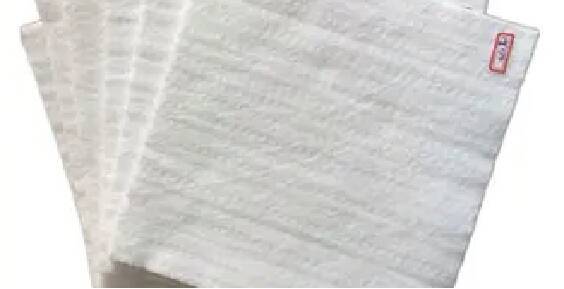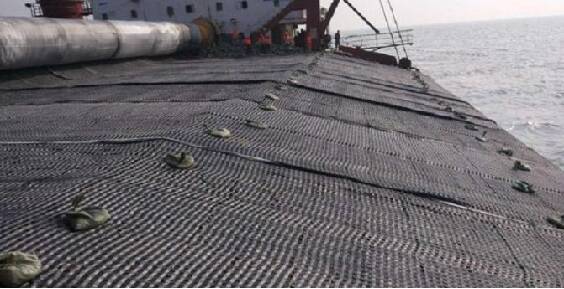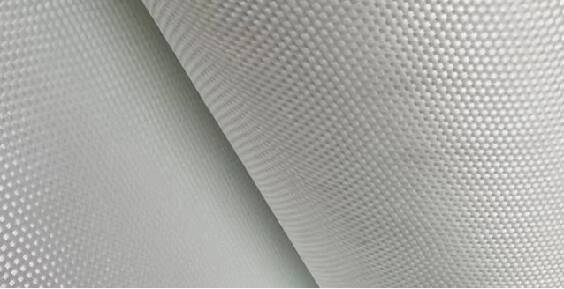-
About UsZHONGTAI HENGBANG Engineering Technology Co., Ltd. is located in the Academician Entrepreneurship Base of Tai'an National High-Tech Industrial Development Zone, Shandong Province. The company is a comprehensive service provider specializing in engineering consulting and design, materials R&D and manufacturing, as well as operations and maintenance. With strong technical expertise and robust R&D capabilities, its products are primarily applied in critical areas such as water conservancy infrastructure projects, transportation infrastructure initiatives, and environmental protection solutions for isolating and preventing leakage from urban waste and highly hazardous industrial solid waste.

-
ProductsZHONGTAI HENGBANG Engineering Technology Co., Ltd. boasts production lines sourced from countries including Germany, Italy, Denmark, Belgium, and Switzerland, adhering to rigorous quality management systems and testing standards. We are equipped with advanced testing equipment capable of evaluating tensile strength, creep resistance, UV protection, water permeability, flame retardancy, antistatic properties, chemical corrosion resistance, and oxidation performance.

-
Application CasesThe product is primarily used in hydraulic infrastructure projects, transportation infrastructure projects, and environmental protection applications—including the isolation and impermeability of municipal waste and highly hazardous industrial solid waste.

-
BlogPrioritizing technological advancement and innovation, our company is committed to fulfilling user needs to the fullest extent possible.
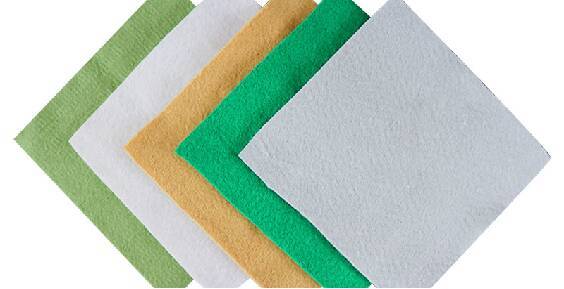
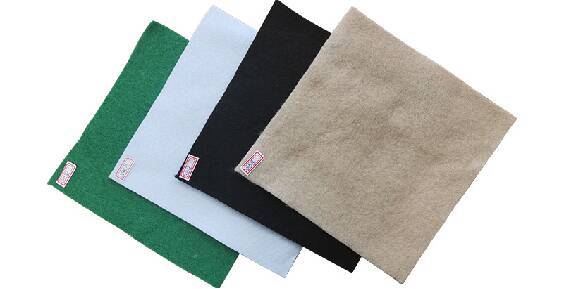


Short-fiber geotextile
Short-fiber geotextiles are nonwoven geosynthetic materials made from short polyester (PET) or polypropylene (PP) fibers, processed through a combination of carding, web formation, and needle-punching techniques. Compared to long-fiber geotextiles, these materials feature shorter fibers and lower production costs, making them ideal for applications where moderate strength is required alongside cost-effectiveness—in isolation, protection, and drainage filtration projects such as temporary roads, landfill liner systems, and other similar uses.
Keywords:
Detailed description
Product Introduction:
Short-fiber geotextiles are nonwoven geosynthetic materials produced from short polyester (PET) or polypropylene (PP) fibers through processes such as carding, web formation, and needle punching. Compared to long-fiber geotextiles, they feature shorter fibers and lower costs, making them ideal for applications where moderate strength is required alongside cost-effectiveness—in isolation, protection, and drainage filtration projects such as temporary roads, landfill liner systems, and similar uses.
Product advantages:
Economical and practical, offering excellent value for money: Short-fiber materials are low in cost, making them ideal for projects with limited budgets while still meeting basic functional requirements.
Highly adaptable and easy to install: Its soft texture ensures it conforms effortlessly to uneven terrain, making construction simple and convenient—such as manual installation.
Basic functions are stable: reliable performance in permeable filtration and isolation against seepage, with excellent anti-aging properties (lasting 10–20 years).


Get a product quote
We’re here to help you every step of the way! Please fill out our inquiry form, and our team will respond promptly.
Recommended Products
Strong technological capabilities and robust R&D expertise
Laminate Film Machine-Woven Fabric
ZHONGTAI HENGBANG Engineering & Technology Co., Ltd.
Address: East Section of Zhongtianmen Avenue, Tai'an High-tech Zone, Shandong Province
Service Hotline

COOKIES
Our website uses cookies and similar technologies to personalize the advertising shown to you and to help you get the best experience on our website. For more information, see our Privacy & Cookie Policy
COOKIES
Our website uses cookies and similar technologies to personalize the advertising shown to you and to help you get the best experience on our website. For more information, see our Privacy & Cookie Policy
These cookies are necessary for basic functions such as payment. Standard cookies cannot be turned off and do not store any of your information.
These cookies collect information, such as how many people are using our site or which pages are popular, to help us improve the customer experience. Turning these cookies off will mean we can't collect information to improve your experience.
These cookies enable the website to provide enhanced functionality and personalization. They may be set by us or by third-party providers whose services we have added to our pages. If you do not allow these cookies, some or all of these services may not function properly.
These cookies help us understand what you are interested in so that we can show you relevant advertising on other websites. Turning these cookies off will mean we are unable to show you any personalized advertising.


